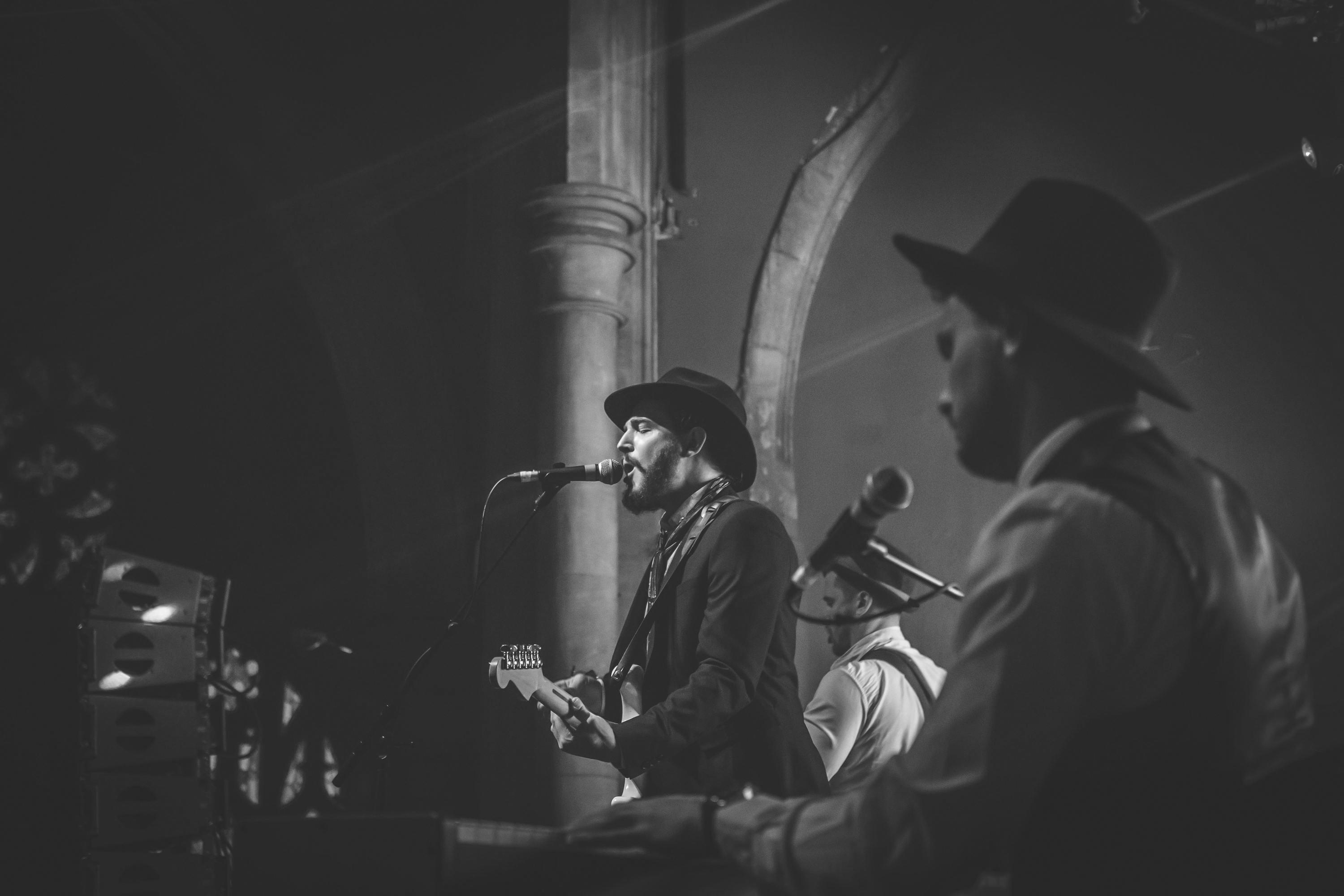
New, and not so new, realities in copyright
The last few months have provided us with an interesting barometer of what the future of the music industry might look like. From different prisms: authors, composers, lyricists and their heirs, publishers, administrators and labels (of course from managers, festivals, promoters, ticketing companies…), we all have contemplated the forerunner to what can happen, even though it is already happening.
With variations in lockdown/deconfinement policies and continuing uncertainties regarding the scientific evidence of the pandemic, we live in a constant state and “status” change with clear repercussions for our industry, both for the models on which it is based and for what it has created. What was imposed on us as true back in March (concerts in your car) is almost forgotten now. The idea of doing thousands of small live events, which gained a lot of strength in May, is now being challenged by the virus’ resurgence. The only certainty is that live streaming will hold. Like everything else, it has started as a passion and a promise for the future, as the last and only solution and salvation. Not so. It is one more modality, interesting in any case and that could be important, but not the only one.
At Unison we have acted in an agile and open, transparent and accurate way, in order to guarantee the maximum inclusion and integration of the interests of the rights holders with the users and new platforms. You cannot antagonize rights holders and users. CMO or the “manager” must always function as a growth catalyst for its clients, and in order to achieve this, bridges must be built… as in all aspects of life.
Once the bridges have been built, traditional digital users cannot be neglected, who represent an increasingly important source of income for right-holders. At this point, we have to embrace, and we do, the new realities such as live streaming; we also support and collaborate with solutions that the market is now beginning to accept, but that are not characterized by novelty, such as VR, AR and Gaming.
The forms of exploitation of content are increasingly complex, and the angles of approach to each type of right and each form of exploitation change at a speed that legislation cannot match; neither can the judgments of the national and/or European courts. We believe that there is a constant in everything, to use the principles of Bern and of the international treaties, to take the bases that we have always had fitting the new realities, always with a view to a future solution. But all this can only work if there is a cyclical and continuous symbiosis between all the actors in the market, including the beneficiaries.
The future has arrived earlier than expected, but, like a science fiction film, it comes and goes, returns and goes back at the pace of political decisions and scientific developments with an impact on business. Our role is to provide the technical and knowledge conditions so that right-holders find a constant. For Lost nerds, today’s reality finds a great reflection in one of the most acclaimed episodes of the TV show, The Constant.
And what other constant does not better define the music industry since its inception, but precisely the continuous adaptation to technological advances and social changes?
Daniel Faraday looks at the pages of his diary and in one of them he finds something written down by him, being amazed: “If anything goes wrong, Desmond Hume will be my constant“.
David Serras Pereira
Licensing and International Manager
Unison Rights